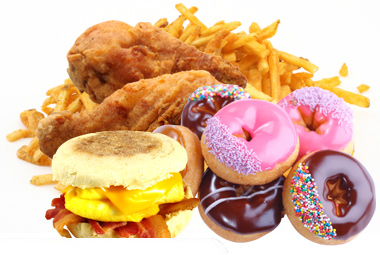
So what's really wrong when you have Cholecystitis? As I mentioned in an earlier post it is the inflammation of the gallbladder which is usually caused by obstruction (usually gallstones) or otherwise known as Cholelithiasis and causes the wall of the gallbladder to thicken as a result. Any one can get gallstones, it depends mostly on your diet but also could be indicated if you have family history or if your an older women (more prone). Gallstones are composed of crystallized pigment and cholesterol. To get more on a cellular level of the pathophysiology; its the obstruction of the cystic duct where the bile flows through to the duodenum to help digest fats. With the obstruction, this escalates the bile in the gallbladder to stasis leading to a bacterial infection causing the gallbladder to be inflamed. If left untreated, this can quickly escalate to gangrene of the gallbladder and could lead to the rupture of the gallbladder leading to more serious complications as a result: peritonitis, septic shock, empyema or cholecystoenteric fistula.
Copstead-Kirkhorn, Lee-Ellen, Jacquelyn Banasik. Pathophysiology, 5th Edition. W.B. Saunders Company, 2014. VitalBook file.
www.yorksurgeon.com
